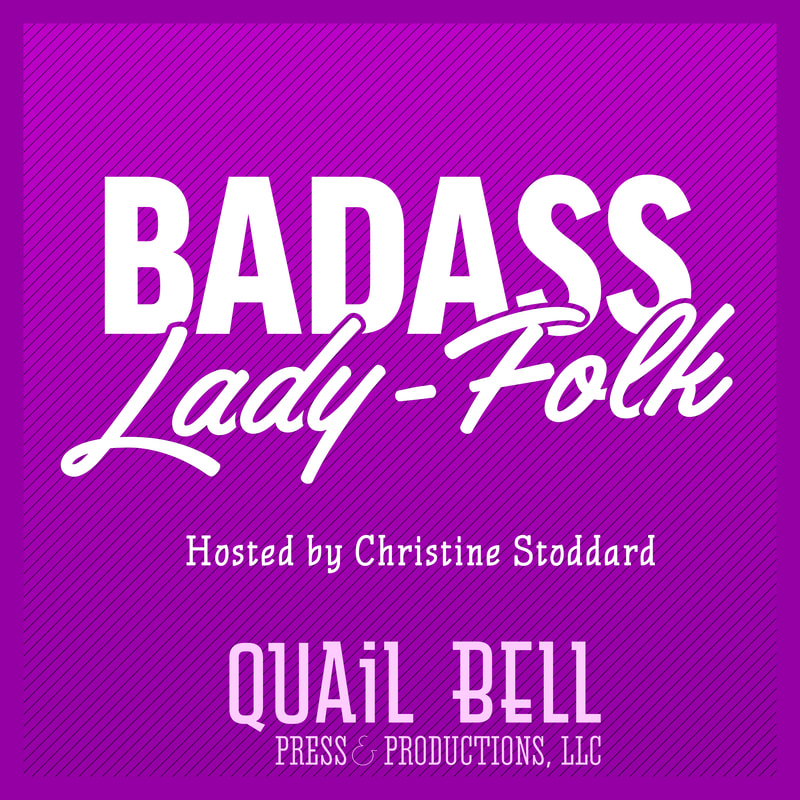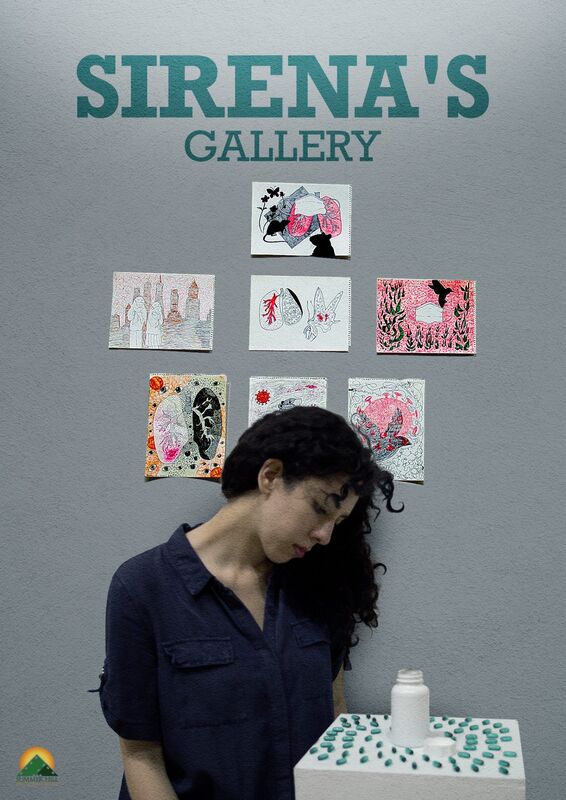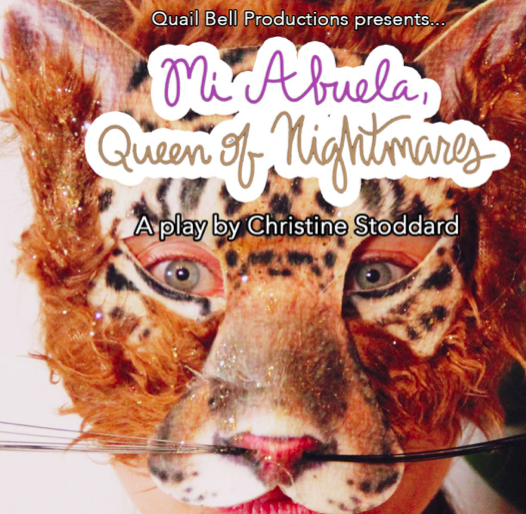|
The Breadcrumbs widget will appear here on the published site.
People & Places as "Vessels for Trauma"I've known Joanna C. Valente (they/them pronouns) online as a poet for the better part of a decade now. You might recognize their name from previous poetry features, as well as the poetry films "Done" and "What Light Makes a Star?" first shown at FiveMyles Gallery in Brooklyn. More recently, I began noticing their visual work pop up online. There have been photos, as well as illustrations. Their #SURVIVOR series, which has appeared (or is forthcoming) in bits and pieces at Luna Luna Magazine, Mookychick, Yes Poetry, Brokelyn, and The Charles River Journal, particularly caught my eye. #SURVIVOR focuses on what it means and looks like to be a survivor of sexual and domestic trauma, but also approaches the idea of survival more expansively. Just as interested in #SURVIVOR's content as its form, I asked Joanna a few questions about the series: How did you decide on the name and theme for the series? When I thought about what ties us all, as humans, together, it's the fact that we're all survivors of something, some kind of pain and trauma. Even where we live and work, the world(s) we inhabit, hold trauma. So I wanted to explore how people and places are both vessels for trauma and that trauma is an energy that lingers and affects us in a myriad of ways—but also are survivors and overcome all sorts of tragedies and challenges. We are capable of so much, and can free ourselves from our own pain as much as it also changes us. Despite the heavy subject matter, and the exploration of surviving and what that looks like, I also wanted to focus on the positive, which is being a survivor, of being more than our pain and our bodies, and transcending that. Transcending that into something else—which can be anything: creativity, love, freedom, joy, catharsis. When did you begin shooting this series and how has it progressed? Are you still growing it or was it a finite project? I began it while at my residency at Denniston Hill, which is in the Catskills in upstate New York. I was there in the late summer/early fall of 2018. It's still growing. Part of me feels, because it is so broad, that I could really just do this forever. Part of me wants to, because we all have stories to tell. We all deserve to have a voice and to be seen. Telling others' stories, and diverse stories, is important to me. So while it's probably realistic for it to be finite, I also want to push my own boundaries, physically, emotionally, conceptually, and spiritually, and just do it until I don't, whenever that is—and wherever that leads. I don't have a grand plan, to be honest, since I want this project to be honest and raw and true. It started off as a whim, to be quite honest, a way for me to be creative while not working on my novel at the residency. But then, I realized it was something more than a distraction, but its own creation and being. I don't think all stories have endings, and I don't think this one, one of surviving, has an ending. Surviving and overcoming pain and adversity never has an end. I wish it did, you know? I wish we all had a happy ending—although perhaps that thought is part of it. We have happy moments. Maybe somewhere I've captured some, among the pain and isolation. As a poet, what do you feel photos can express that words cannot? Of course. I think every art form and medium has its own way of telling a story that makes you see something in a new angle. Photographs tell a very particular story in time - and allow us to see a part of something or someone that we wouldn't always in a living moment. Photos are frozen in time in a way that writing can't be. Writing is also moments frozen in time, but of our own construct and more editorialization. There is definitely an editorial gaze and lens as a photographer, but your subject is really dictating the piece, rather than a writer dictating a moment. What first prompted your interest in photography in general? I've always been a visual artist since I was a child and have been interested in capturing moments on camera since I was a child. It all started with my grandfather's Polaroid camera, than my parent's Kodak point and shoot, and then later I graduated to my own cameras, notably the Nikon I have now that I bought myself in college to pursue a passion in photography. I often never shared the photos and have taken long breaks, as my writing often took priority, but last year, I started to prioritize visual art again. I've been sketching and illustrating more as well. How do you compose and shoot the images? I shoot on my Nikon—and often admittedly don't have a plan. A lot of the photos I've taken are candids or unplanned, whether on the street or with people—and I just shot something I found compelling (since I often take my camera with me on weekends and on trips). I've been known to just walk around with my camera. There are definitely photos I staged, of course, of me and others, and those were mostly determined by the place I was in or others' were in. For instance, I shot Marcus Jade Demery, a musician and writer, Unruly Collective, a studio where he makes art. This is one of his favorite spaces, a safe space, so to speak. So I used it to shoot him, as a survivor, in a place that gives him joy. For myself, I shot many of the photos while at my residency after exploring and playing around and using the landscape around me because I felt connected to it. We were speaking to each other. In other photos, such as with my sister, Stephanie Valente, I shot her in her home, similarly to Marcus, a place of comfort and security and happiness. As a domestic abuse and assault survivor, this means everything. Choosing the place you want photos taken of you says a lot, and I want the people I photograph to choose if they can, or at least feel comfortable. What's your process for editing the photos in the series? It's pretty basic and mostly just correcting color and composition. I want the photos to speak for themselves, so I don't want to play with them too much, since it's about the subjects (people or place) and the meaning, tone, and mood. Because of that, I felt the editing process should be pretty minor to reflect that authenticity of the moment. Why are most of the photos black and white? Partly as a challenge to myself. In the past, I never shot in black and white, so I was challenging myself to do something I was uncomfortable with. I wanted to push my own boundaries, especially with such a personal project, as I'm a sexual assault survivor and the project started from that need to explore what it means to survive, not just having experienced it. I also feel like black and white can be stark and tends to focus the eye more on mood, tone, and light—and the contrast between light and dark, between pain and surviving, trauma and transcendence, could be reflected in that. What do you hope viewers will experience in seeing these photos? What do you hope your abusers would think or feel if they saw them?
I hope they will experience catharsis. I hope they will feel seen in others. I hope they will see themselves in others, reflected and connected through a sense of kinship and community. We aren't alone. We can find love within ourselves and each other out of our suffering. We don't have to suffer alone. That is the most important thing, I think, in general, to realize we aren't alone and that we can prevail in spite of everything, sometimes in spite of ourselves and our bodies. In terms of abusers, fuck them and what they think. I hope they feel ashamed, but I also hope they learn. I try to be empathetic in general, but I also am not making this series for them. If they happen to see it, I suppose I can hope it could make them realize something, make them change, make them see. Of course, I'd hope that any abuser who sees this will want to be better. I like to believe humans are capable of so much, which includes taking the steps to be better. But mostly, I'm just living my life and trying to help people, especially people who want to be helped. So far, some of the photos have appeared in literary magazines. Do you have a final destination in mind for the photos? A photo book! I'd also like to have an exhibit for them because I love physical art experiences that people share at the same time. There's something transformative about that, and that seems to fit in with the theme of the series.
0 Comments
CommentsYour comment will be posted after it is approved.
Leave a Reply. |
AuthorWrite something about yourself. No need to be fancy, just an overview. Archives
July 2024
Categories
All
|


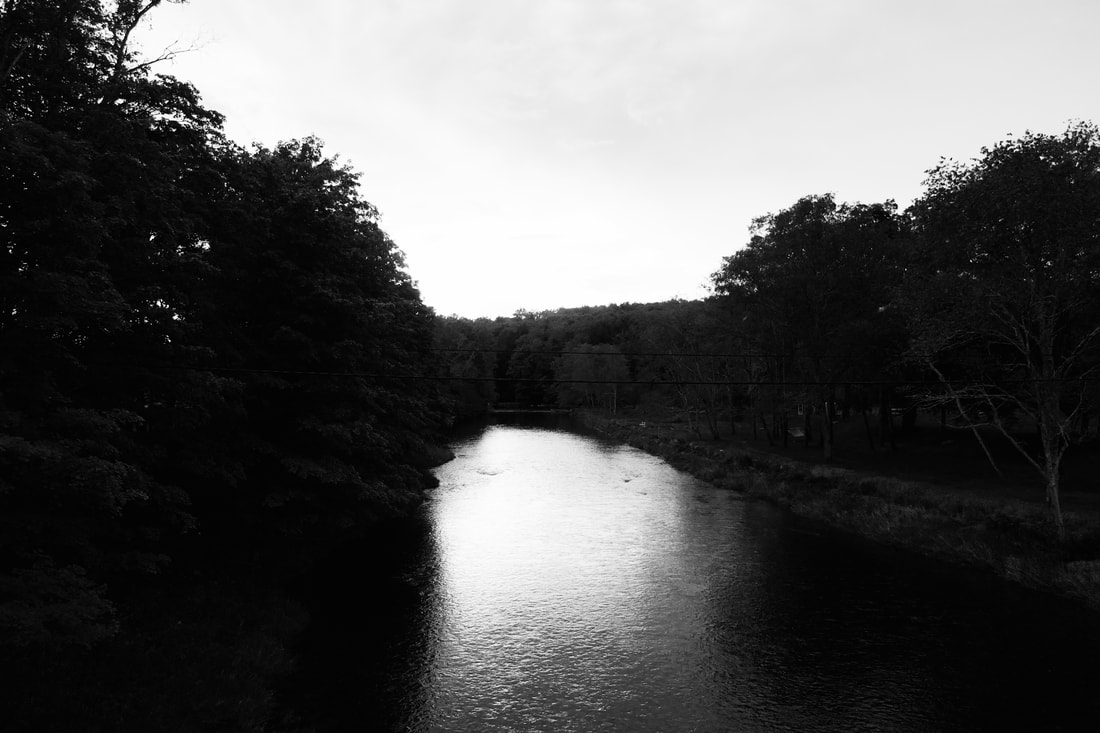
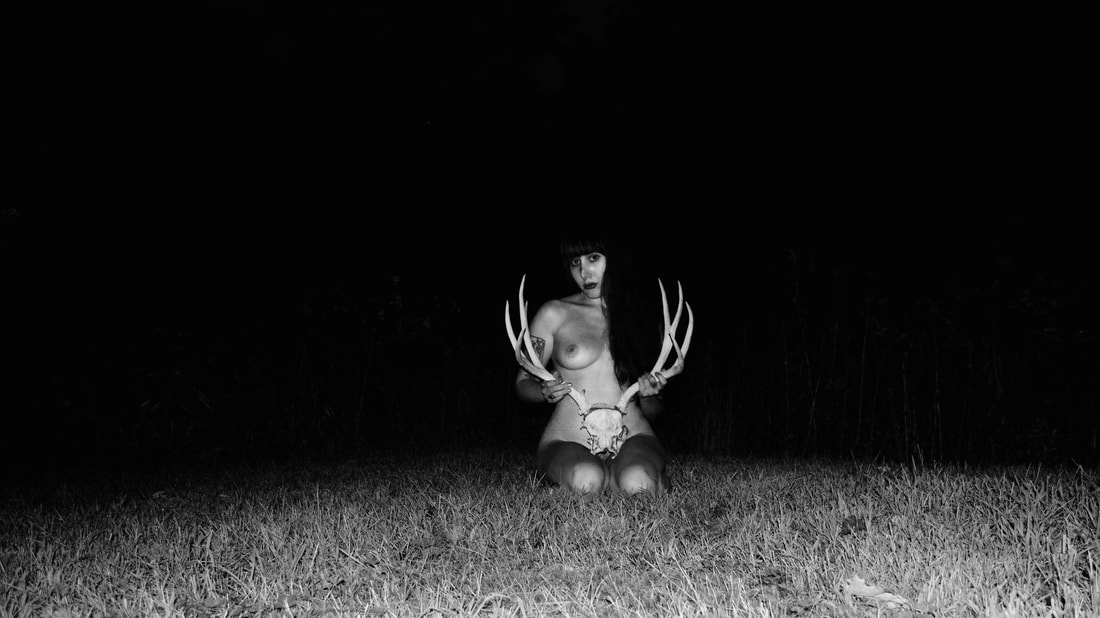
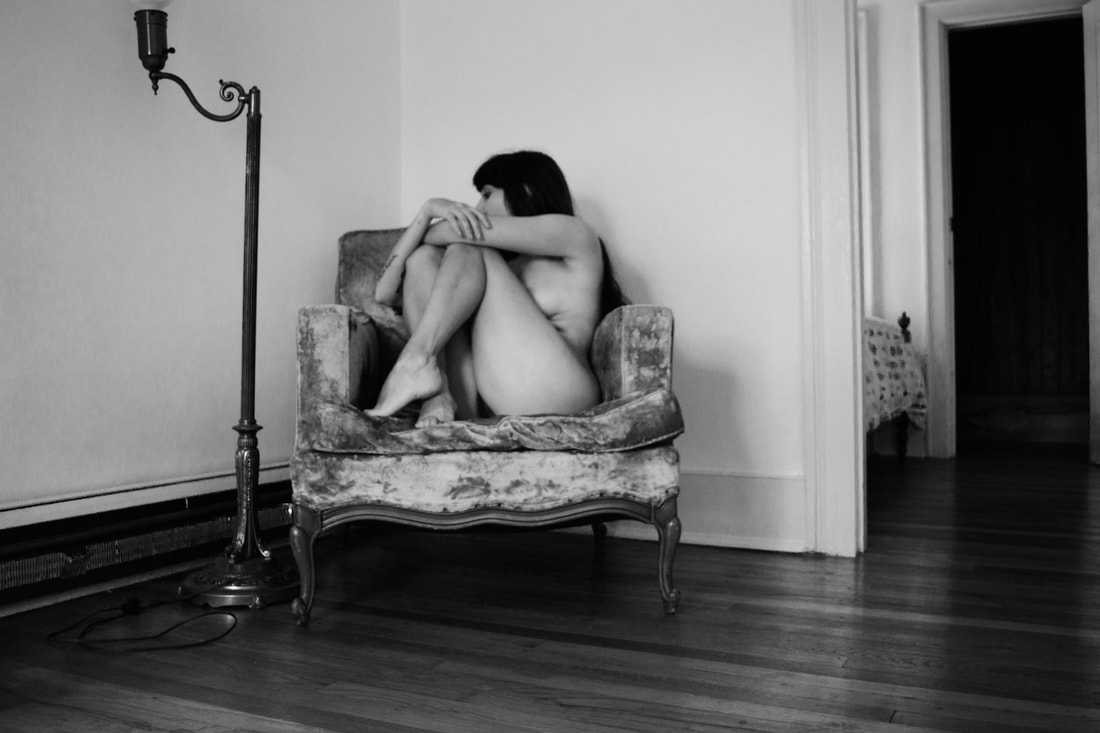
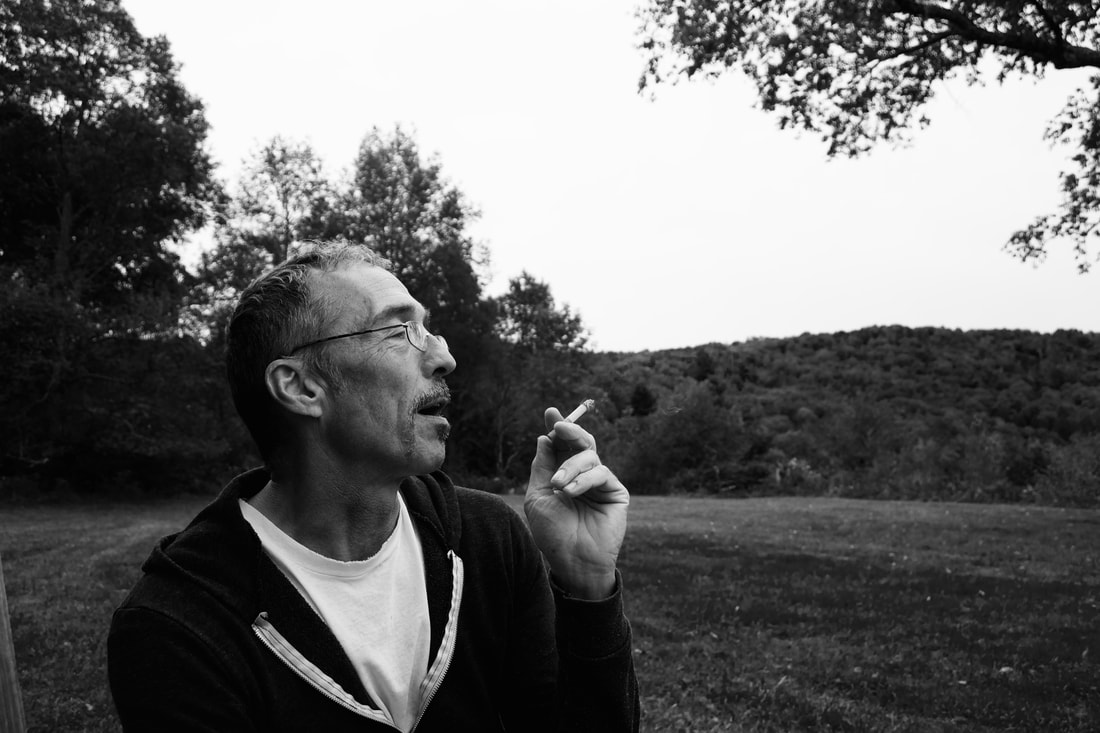
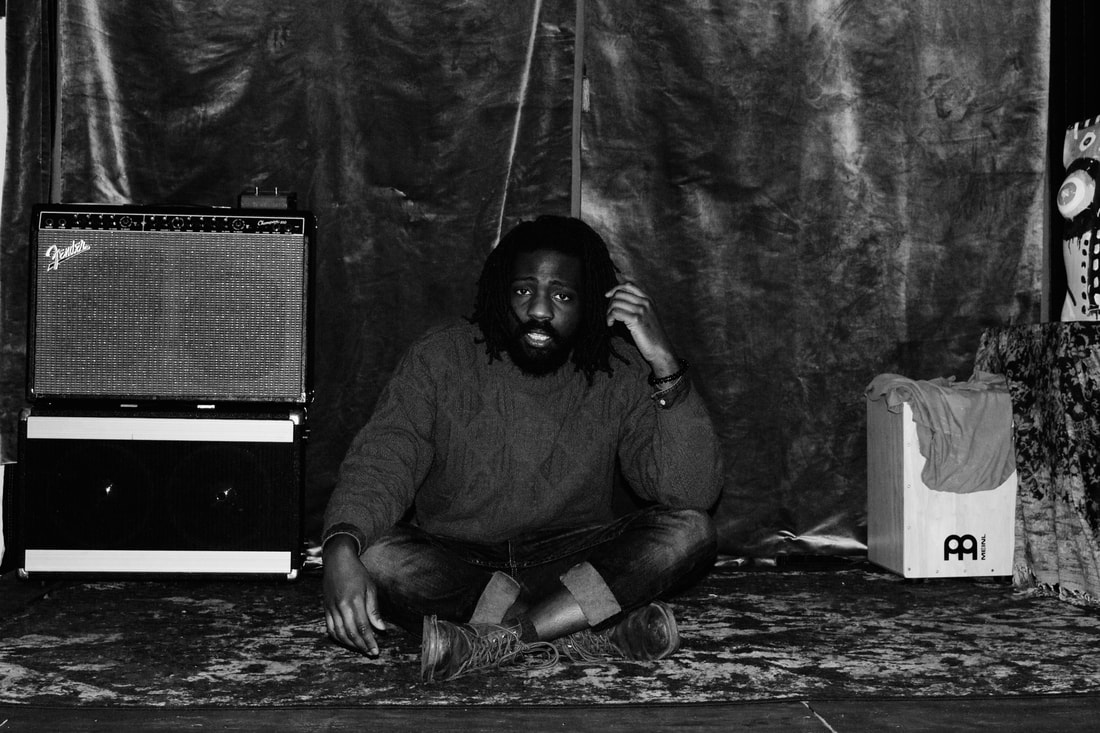
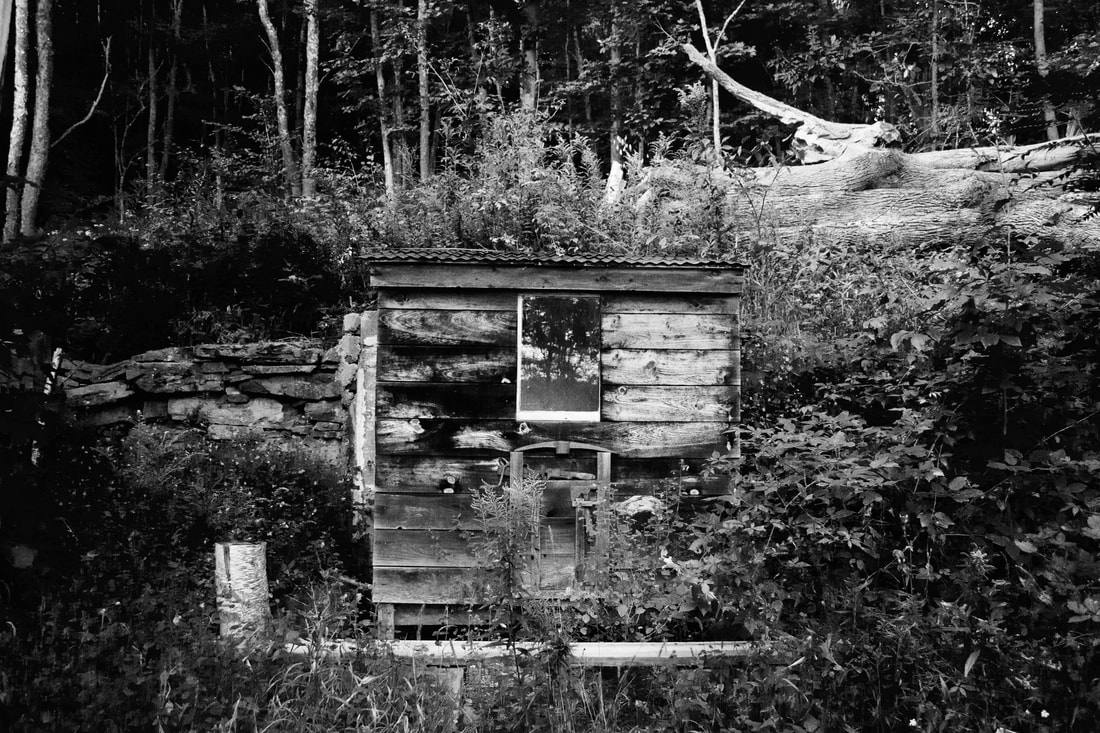
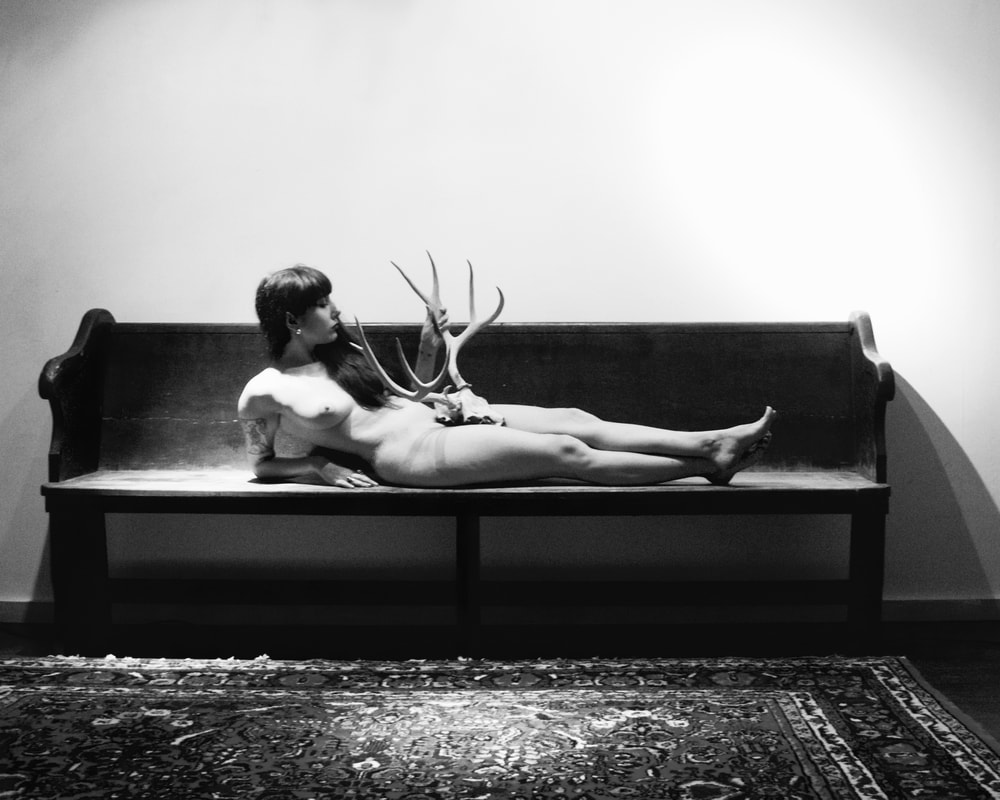
 RSS Feed
RSS Feed

